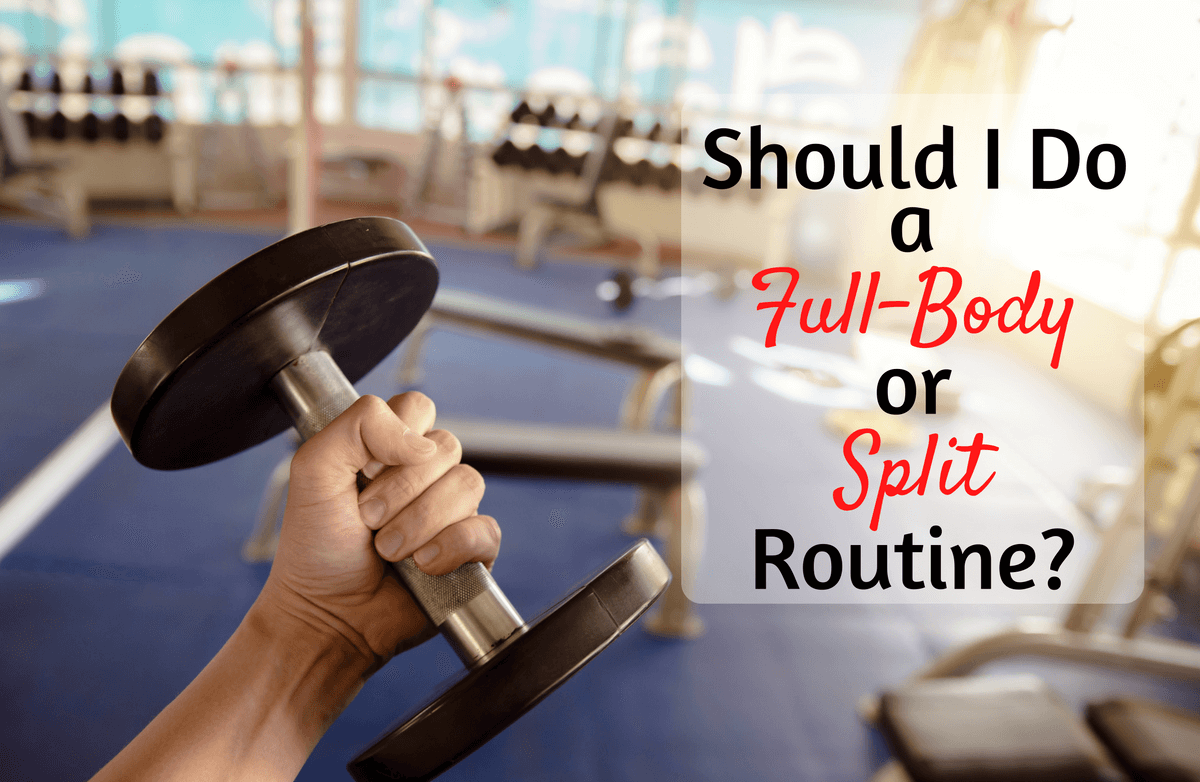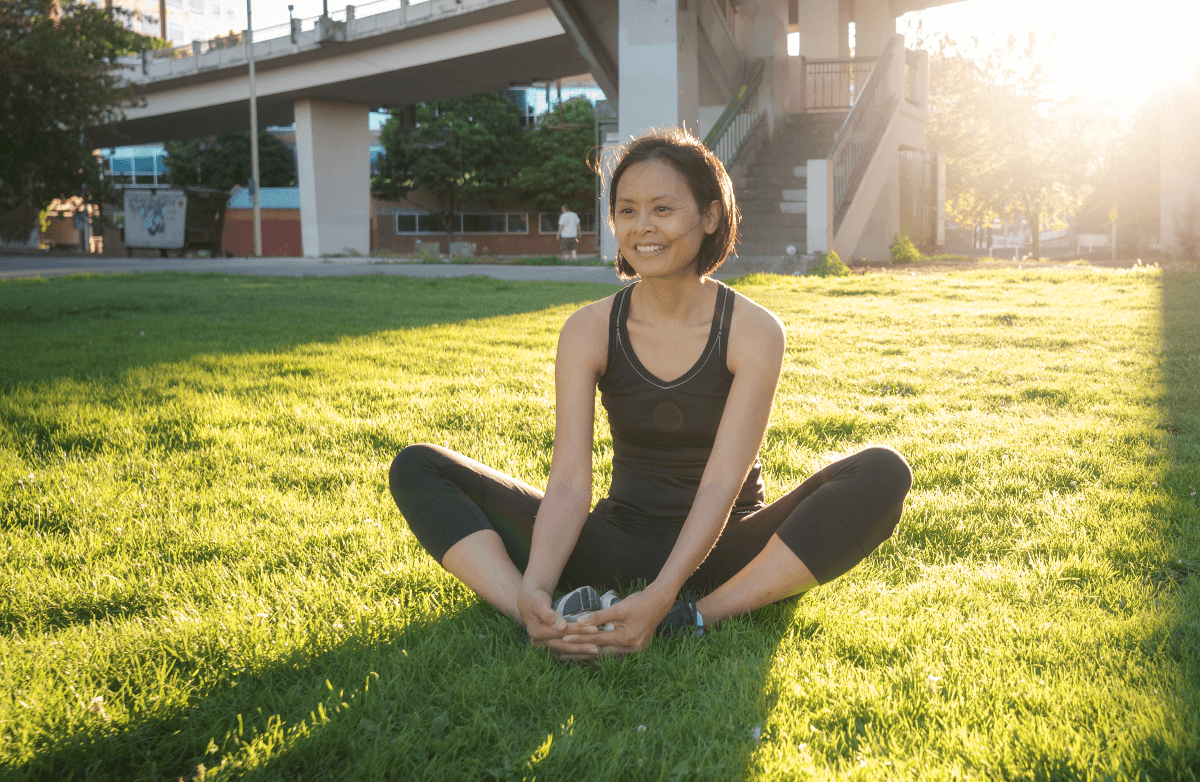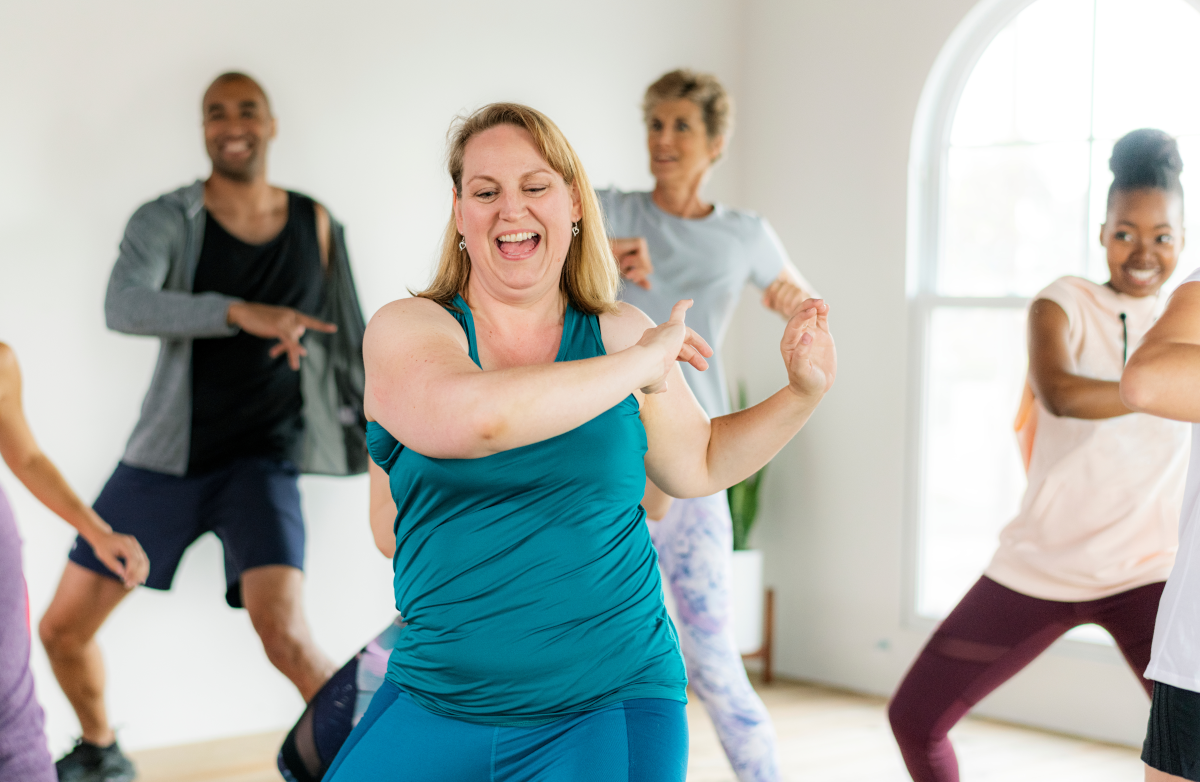
Think about the term "strength training" for a moment. Do you find it intimidating? Empowering? Are you confused about where to start, or ready to dive into the deep end with both feet? Are you worried about "bulking up"? Do you think you'll have a six-pack in no time?
There are many misconceptions and myths surrounding strength training, but one of the most misunderstood aspects of strength training is simply how to structure a good workout. While it is easy to jump into the gym scene and starting working away on certain muscles that you would like to improve, that can be a slippery slope that can leave your physique with
Often, the recreational lifter predominantly trains the coveted "beach/mirror muscles," which include the chest, shoulders,
Consistently training all of the muscles in the body, on the other hand, will help you burn more calories, achieve a more attractive physique, improve overall health and longevity, and reduce risk of injury. Sounds pretty awesome, right? But, trying to soak in the thousands (if not millions) of different workouts and information you see on the internet can be overwhelming and confusing. But there's an easier way.
Your New Mantras
No matter your goals, there are two mantras that you should always have in mind when you're on the weight floor: "Train movements, not muscles" and "Quality over quantity."
Regardless of your training goals, no program is complete without training the six foundational movement patterns: the squat, lunge (single leg), hinge, push (upper body), pull (upper body) and carry. If your training is disregarding one of these movement patterns or you're not
Of course, mastering these movement patterns requires practice. Once proper movement is achieved, it then needs to be practiced frequently to maintain proper form and deliver results. Before you decide to add any external resistance to an exercise, you should first master the movement with just your body weight to effectively increase movement proficiency and reduce risk of injury, while setting yourself up to gain strength and build muscle.
Before jumping into the weight room with reckless abandon, build a solid foundation by familiarizing yourself with the following six movements:
1. The Squat
Arguably the best
How to Perform the Goblet Squat: Set your feet at the appropriate width for your body (start around
2. The Lunge
The lunge movement pattern is one of the best ways to build strong legs, improve stability and bulletproof the joints. Lunges are typically programmed as a secondary exercise on leg day, but they can very well be programmed as the primary exercise of your training session. In everyday activities and sport, we are constantly on one leg, so it is a necessity to incorporate this movement to increase longevity and performance. Plus, when done properly,
How to Perform the Reverse Lunge: While
3. The Hinge
Regardless of your training goal, implementing the hip-hinge pattern into your routine will help in several ways. Whether your focus is on muscle hypertrophy, strength, power, muscular endurance or just improving your quality of life, the hip hinge can help you achieve your goals. The deadlift is an excellent example of how to exercise the hip-hinge pattern. When choosing your equipment, be mindful of what works best for you and how well you can move. Remember that it's not about what bar or equipment you are using, but how well you can execute the movement.
How to Perform the Deadlift: Brace your core musculature. Pull the shoulders down and back, and engage the lat muscles in your lower back. Push the hips back and then down while keeping a neutral spine. Hip-hinge movements should always initiate at the hips, not the knees. Grasp the handles or bar. Push your feet into the floor until your hips are at full extension. Descend back to the floor by pushing your hips back until weight is set back down onto the floor. The deadlift is one of the more complicated moves to master, so consider consulting a personal trainer who can help you with the motion before adding any weight.
4/5. The Push/Pull
When it comes to upper-body training, there must be balanced development in both the horizontal and vertical plane. Put simply, it is important to be equally strong and have well-developed upper body muscles that will help push and pull things forward and back, as well as put them overhead, such as when you put something away on a high shelf. Working with this movement pattern will increase functionality, boost strength, enhance overall muscle development and reduce risk of injury. For many people, it can be a challenge to successfully complete bodyweight movements such as the pushup, pull-up and inverted rows. Mastering these movements, though, will help establish proper body mechanics and prep you for other fundamental exercises, such as the bench press, overhead press, barbell row and others that will further develop your strength. Plus, in an age of rounded shoulders and backs thanks to sitting at computers and staring at phones, adding pushing and pulling movements to your routine will also help establish better posture for your long-term health.
How to Perform a Pushup: The pushup is a classic horizontal pushing exercise, and is a great place to start as a beginner. Start in a quadruped position on hands and knees. Engage the latissimus dorsi muscles in your lower back and pull the shoulders down away from your ears. Extend your feet until you are in the top starting position, or, if you're just starting out, step your hands forward so you're on your knees with your back in a flat, but angled position. Brace the core, maintaining a neutral spine. Elbows should remain fairly close to your sides at a slight angle. Start the eccentric part of the exercise as you slowly control your body all the way down to the floor. Press back up into the starting position with arms fully locked out. Repeat for desired amount of repetitions.
How to Perform the Inverted Row: To achieve a horizontal pulling movement, the inverted row requires little equipment and offers many benefits. To perform, set the barbell to desired height on a squat rack. If you are new to this exercise, starting with the bar at chest height is a good place to begin. When an increase in intensity is needed, bring the bar lower toward the floor. Grasp the bar slightly outside shoulder-width. Lower yourself under the bar. Extend the arms, lowering yourself toward the floor. Once your arms are at full extension, pull yourself back to the bar making sure the bar is across the midline of your chest. Hold the contraction at top of movement before continuing to your next repetition.
How to Perform the Pull-Up: While intimidating, the pull-up is a classic benchmark exercise for a reason: It's a multijoint exercise that calls upon the back, shoulders, and arm muscles. To get started, extend arms overhead and grasp a bar with a secure grip. Pull your shoulders down away from the ears, and think about keeping your chest high. Create full-body tension by contracting the core and lower body. Pull yourself up toward the bar, taking care not to roll your shoulders forward at the top of the movement. Hold the contraction at the top of movement before continuing to your next repetition. Descend back down until your arms are extended.
If the pull-up is too challenging to incorporate into your training routine, no problem! Remember, we want to be training movements not exercises! The easiest option that you can immediately start training in place of the pull-up is the lat pull-down machine. One thing to be aware of is still keeping it a total body involved exercise. To ensure you are doing that, when seated on the machine, make sure to press your feet into the floor to engage the lower body, as well as brace the midsection. Doing this will help keep you in good form as well as make it more transferrable to when you are ready to start practicing the pull-up. Try working up to your bodyweight in weight on the lat pull-down before you go practice the pull-up. Resistance bands can also be used to help aid your pull-up so talk to a personal trainer about getting modifications and progression options.
6. The Carry
Loaded carries are one of the absolute best core exercises you can train. They build total-body stability, improve core and grip strength, and fix bad postural habits. It's one of the simplest ways to build overall strength and function while keeping risk of injury low. This exercise can be done as your main lift for the day or added at the end of your workout as a finisher.
How to Perform the Suitcase Loaded Carry: Bend down and grasp the handle of the kettlebell (or any other tool, such as dumbbells, sandbags, barbell, et cetera), then safely pick it up into starting position. Make sure the body is in correct alignment, and brace the core. Begin taking smooth steps forward, maintaining your alignment throughout the entire movement. Once you have completed the desired distance or amount of time, set the kettlebell down and repeat for the opposite side.
The Plan
On training days, your primary focus should be on these movements patterns. Once you have completed these, you can supplement them with unilateral (single side of the body) and isolation exercises to prevent any muscular or strength imbalances. Remember that your primary focus should be on the overall quality of your session; try not to worry about how many exercises you're doing or the length of time you have been training. Focusing on quality of movement and intensity is the key to great strength gains.
Prior to every workout, you should have a sound warm-up routine, and you should also include a quality cool-down period once your workout is complete to expedite the recovery process and prevent injury. This cool-down phase may include low-intensity cardiovascular activity, foam rolling and static stretching to elicit a better relaxation response to bring the body back down to its normal resting state.
Training each one of these movements during a full-body fitness routine will deliver the best results possible by not skipping over any muscles to get you strong, build muscle, lose fat, and prevent injury. If you're confused about where to start, simply search each movement pattern, choose four to five exercises for each category and focus on mixing and matching those moves over the course of three to four workouts per week for a full-body sweat. If you're brand new to strength training, consider setting up a consultation with a personal trainer, too, for a personalized training schedule that will be effective at targeting all five movement patterns. With a little planning and dedication you can master these movements and become a stronger, more confident you!











.jpg)

